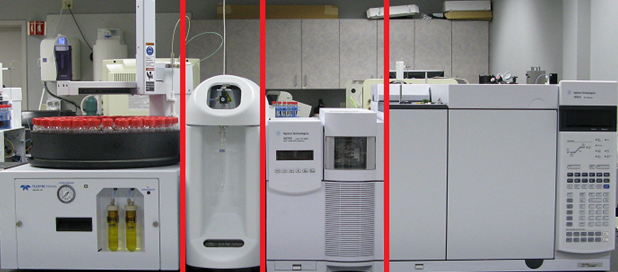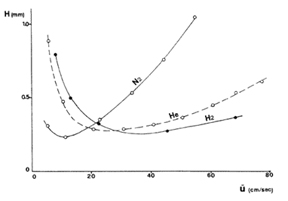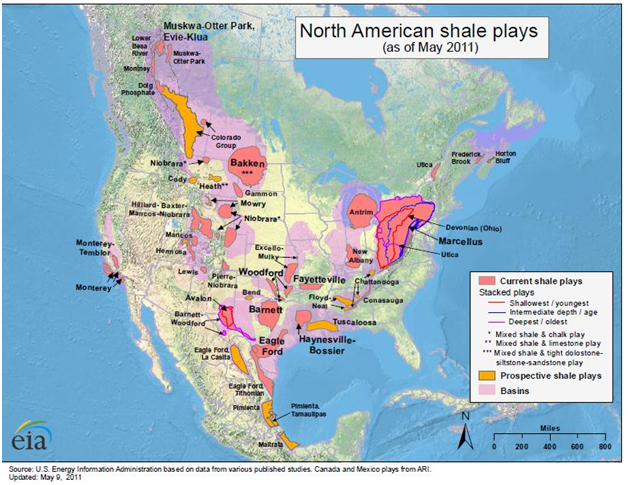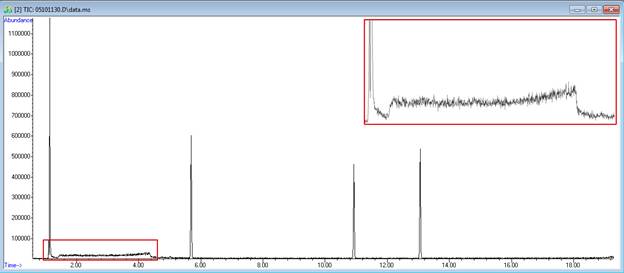Troubleshooting analytical instrumentation can be a cumbersome process. If we remember a few rules, the task can be simplified. First, take a moment to review the manuals for the instrumentation. Second, examine the facts and use valid reasoning to identify the root cause of the problem. Concentrate on anything that may have changed, like a column, trap, etc. Avoid “quick fixes” as they may cause more problems down the road. The most important thing is to be patient.
Troubleshooting Tips: Isolating the Problem
Posted by Teledyne Tekmar on Sat, Oct 13, 2012 @ 04:33 PM
Tags: Purge and Trap Concentrator, GC/MS, chromatography, Analytical Instrumentation, Concentrator, Autosampler, GC, MS
Carrier Gas Alternatives: Considerations when Switching from Helium
Posted by Teledyne Tekmar on Thu, Sep 13, 2012 @ 04:30 PM
With helium increasing in scarcity and price, many laboratories are looking for cheaper and more readily available alternatives. Some have also been restricted or cut off completely from their suppliers due to the demand. In the realm of gas chromatography, this leaves hydrogen and nitrogen as the most viable alternatives for carrier gas. Gas generators are available from a variety of vendors for both hydrogen and nitrogen. Installation of one of these generators can lead to considerable cost savings over its lifetime, especially when changing from helium gas cylinders. New methods are also starting to allow alternative gases to accommodate these supply challenges.
Tags: hydrogen, nitrogen, helium, gas alternative
Part of developing new and relevant applications is staying on top of current events, which can mean reading through a lot of news articles. The one topic we run into most often, especially recently here in Ohio, is hydraulic fracturing. Recently, the governor of Ohio announced increased fees for dumping wastewaters associated with hydraulic fracturing from out of state sources. All implications are that these drilling activities will have a national as well as global impact, as evident by this map of the shale gas plays in North America.
Tags: Purge and Trap Concentrator, Hydraulic Fracturing, Fracking, P&T, NEMC, shale
Purge and Trap Water Management: Using Desorption Time to Your Advantage
Posted by Teledyne Tekmar on Wed, Jun 13, 2012 @ 04:21 PM
In gas phase analysis, water can be a big challenge. Like the analytes of interest, it is volatile. Generally in gas chromatography, water can be the enemy of just about every component of the GC, from the injector to the column to the detector. And when using a purge and trap concentrator for the sample preparation, the matrix is water, so dealing with it is unavoidable. Our task, then, is to try to decrease the amount of water and minimize the effects of water on the GC and the resulting chromatography.
Tags: Purge and Trap Concentrator, chromatography, US EPA Method 524.3, SIM, US EPA Method 524.2, gas phase analysis
UCMR3: Plug-and-Play, with some GC/MS tweaks
Posted by Teledyne Tekmar on Sun, May 13, 2012 @ 04:09 PM
The Unregulated Contaminant Monitoring Program (UCMR3) recently announced a new rule that requires public drinking water facilities to collect data on roughly 30 contaminants from January 2013 through December 2015. For the VOC portion of this rule, seven (down from the original nine) were selected for analysis by US EPA Method 524.3, using selective ion monitoring (SIM) to reach MRLs as low as 0.03 µg/L.
Tags: VOC, drinking water, US EPA Method 524.3, Unregulated Contaminant Monitoring Program, UCMR3, selective ion monitoring, SIM



